Tea Tree Oil
Tea tree oil, known for its antimicrobial, antiseptic, and anti-inflammatory properties, serves as a potent remedy for various skin ailments. It is rich in terpenes, particularly terpinen-4-ol, which accounts for its therapeutic effects. This natural compound makes tea tree oil a powerful agent against bacteria, viruses, and fungi, making it an essential component in many skincare products.
Description
- Botanical Name: Melaleuca Alternifolia
- Family Name: Myrtaceae
- Plant Part used: Leaves and twigs
- Color: Colorless to pale yellow clear liquid
- Aroma: Warm,Spicy,Fresh sharp aroma
- Odor Strength: Medium
- Country: India
- Blends With Well: Eucalyptus, Lavander, Geranium, Lemon, Cypress, Clove, Pine, Thyme, Nutmeg, Cinnamon, Ginger, Clary Sage, Rosemary, Sweet Orange.
Buy Tea Tree Oil | Melaleuca Alternifolia
Originating from New South Wales, Australia, this diminutive tree bears resemblance to Cypress trees, boasting needle-like leaves and clusters of sessile yellow or purplish flowers. Reaching heights of approximately 7 meters (20 feet), it thrives predominantly in marshy terrain, though modern cultivation practices have extended to plantations. Renowned for its medicinal properties, this oil played a crucial role during World War II, where both producers and cutters received exemptions from military service until a sufficient stockpile of essential oil was amassed. Issued to every soldier and sailor as part of their standard kit, it served as a remedy for tropical infections and wounds. Today, tea tree oil finds its way into an array of products including soaps, creams, lotions, deodorants, disinfectants, and air fresheners.
Distillation Process:
The extraction of oil from the leaves and twigs of the Tea tree employs a steam distillation process. Large quantities of leaves are harvested from the tree and gathered into sizable containers. Over these leaves, steamed water is carefully poured, initiating the extraction process. The mixture is then left to steep in shade for a duration of 20 days. Following this, a high-pressure steam distillation procedure ensues, effectively separating the oil from the leaves. The extracted oil undergoes filtration to remove any impurities, ensuring a pure final product suitable for distribution. Characterized by its clear to pale yellow hue and distinctive camphoraceous aroma, the oil is then stored for subsequent use.
USES: This oil is used with great effectiveness to ward of infections of any kind, and it is active in all three varieties of infectious organisms: bacteria, fungi and viruses. It is also most effective to help clear bronchial congestion, asthma, coughs, sinusitis, whooping cough and tuberculosis. It is also effective on the skin, it clears abscesses, acne, burns, herpes, oily skin, athlete’s foot, cold sores, blemishes, diaper rash, warts, sunburn and infected wounds, while fighting dandruff on the scalp.
Chemical Composition of Tea Tree Oil
Tea tree oil contains over 100 different components, with terpinen-4-ol being the primary active ingredient responsible for its antimicrobial properties. Other constituents include cineole, pinene, and terpinenes, each contributing to its therapeutic effects.
Additional information
| Weight | Sample, 100GM, 500GM, 1KG, 5KG |
|---|

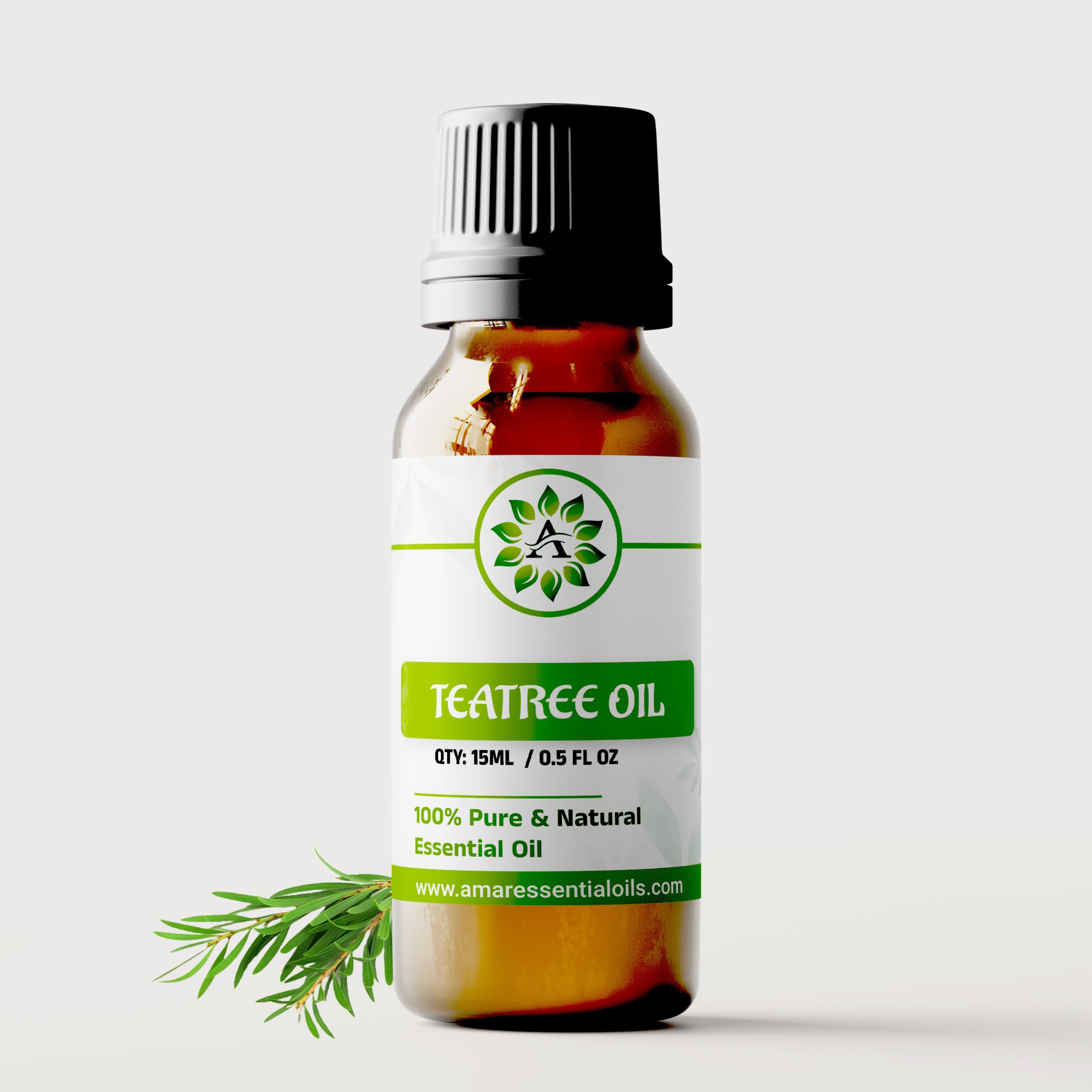


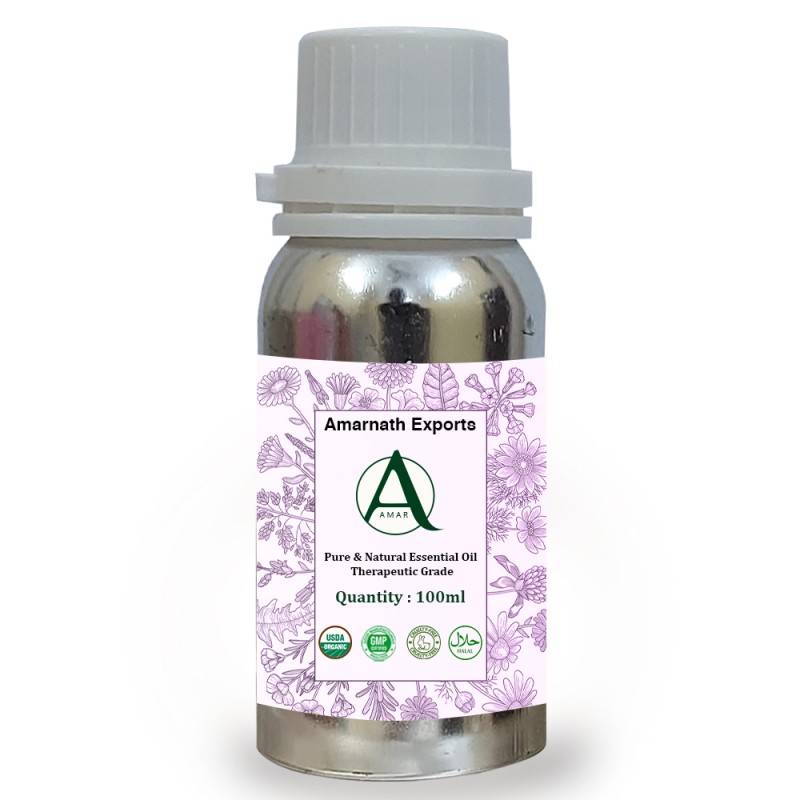
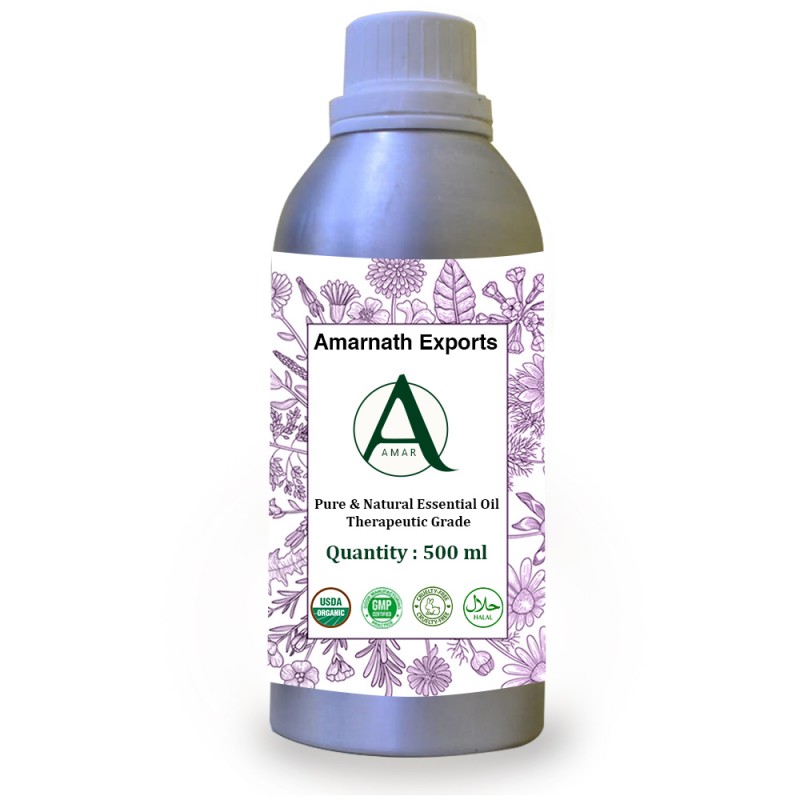


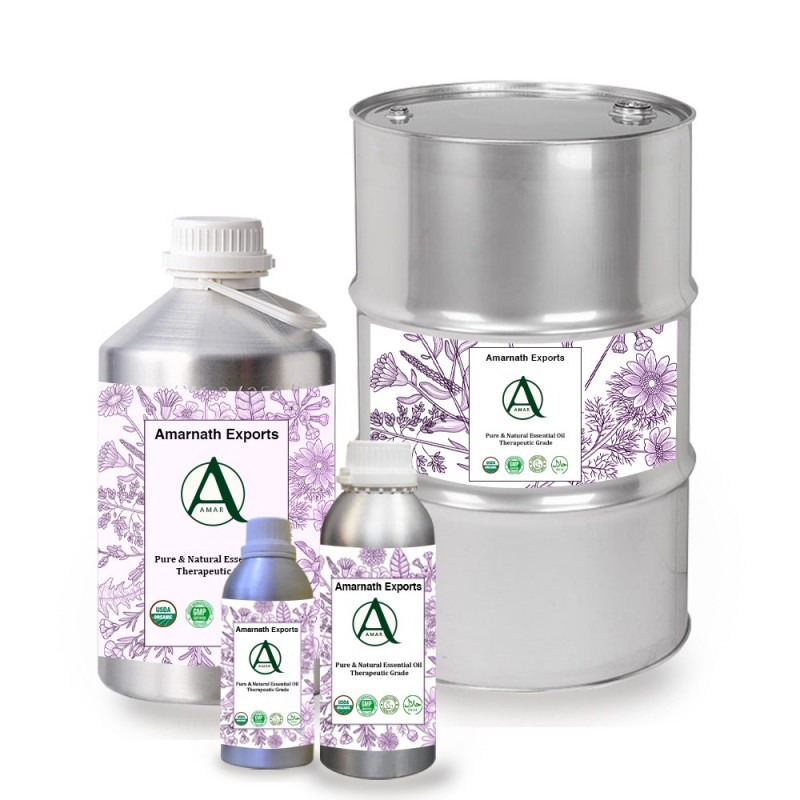
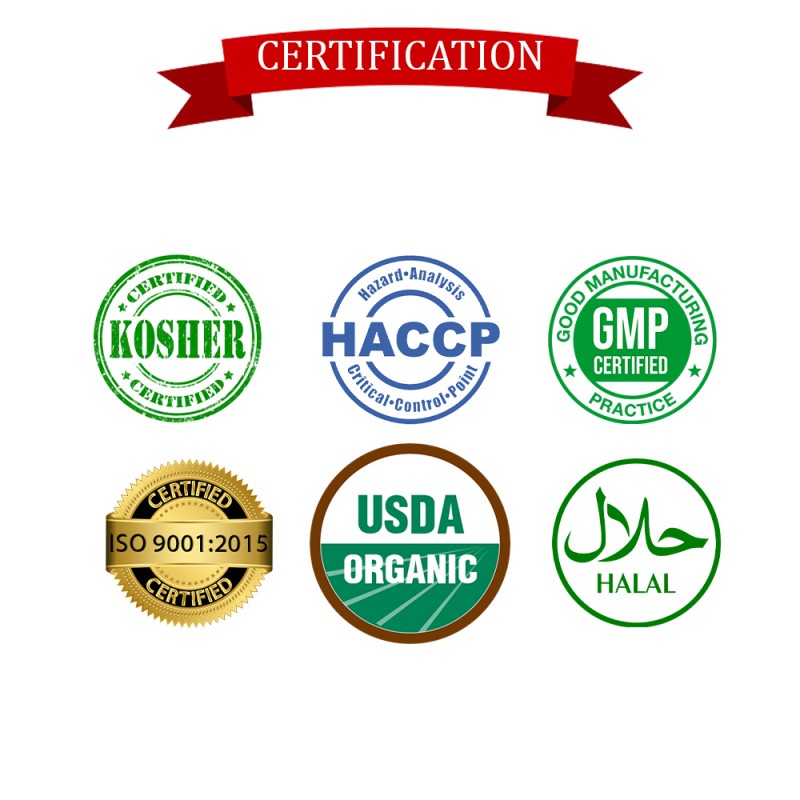
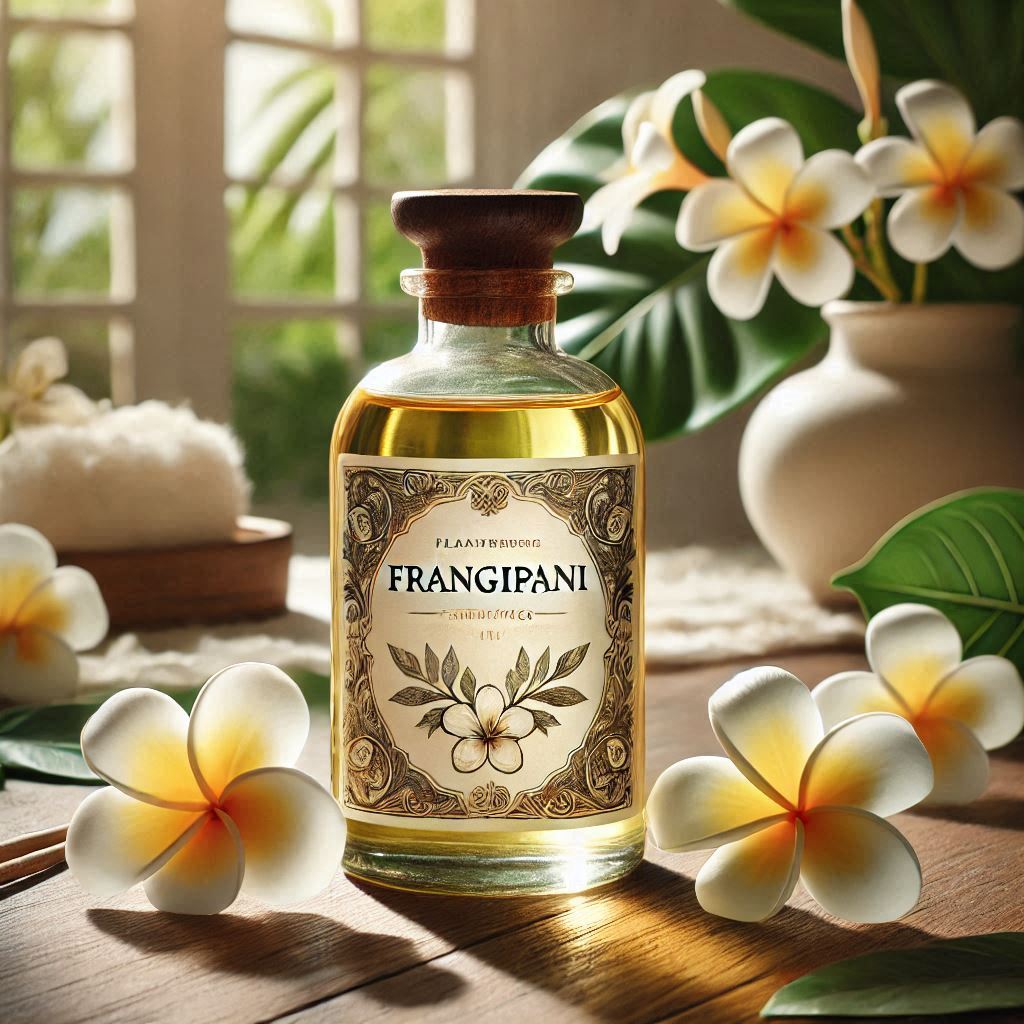
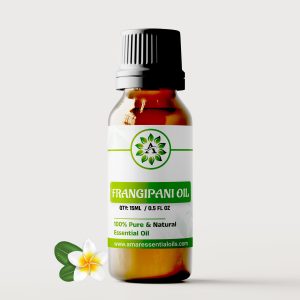

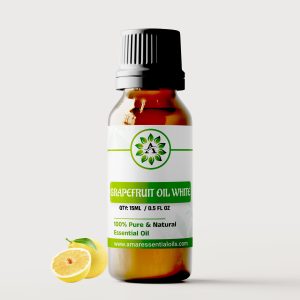



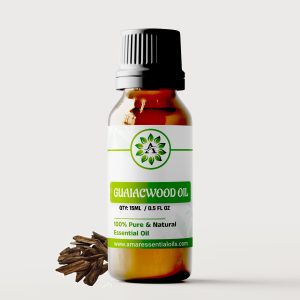
Reviews
There are no reviews yet.